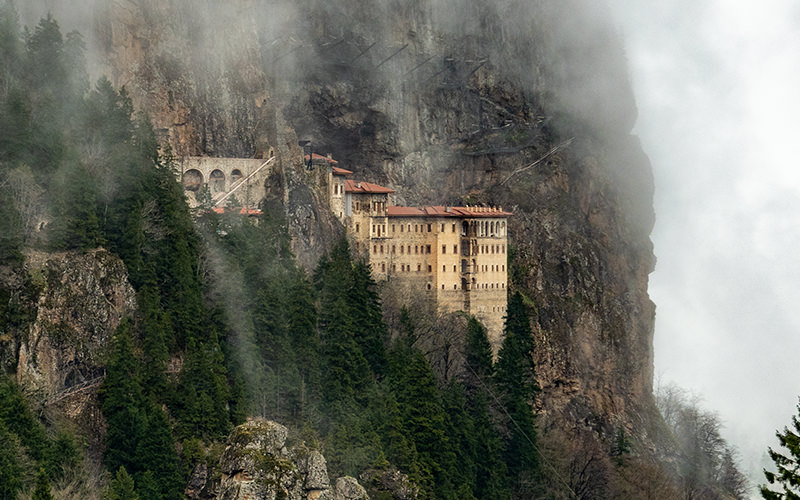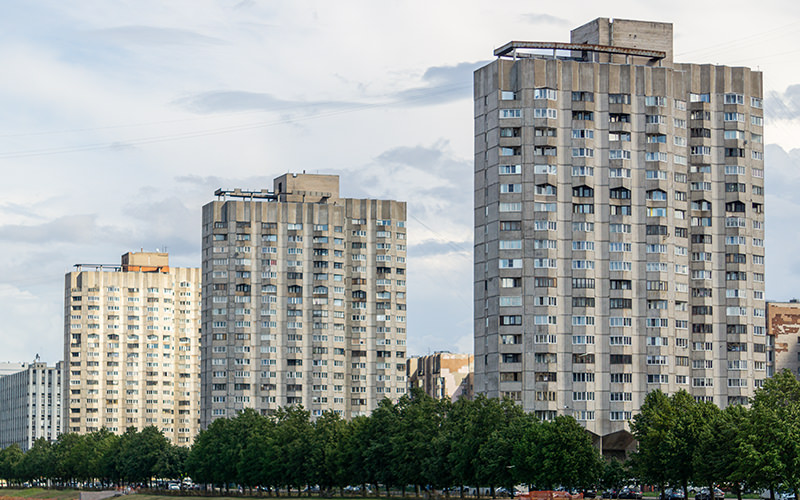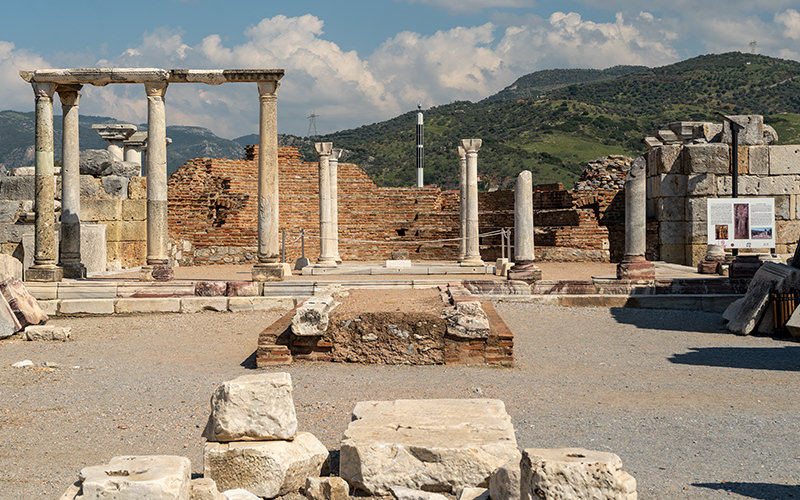What association comes to mind for many of us when reminiscing about distant Egypt? Of course, it's the pyramids — mysterious structures familiar to each of us since school. We may not envision the daily life of this distant country or know any other architectural landmarks, but everyone can instantly recall the sight of the enormous complexes situated in the hot desert.
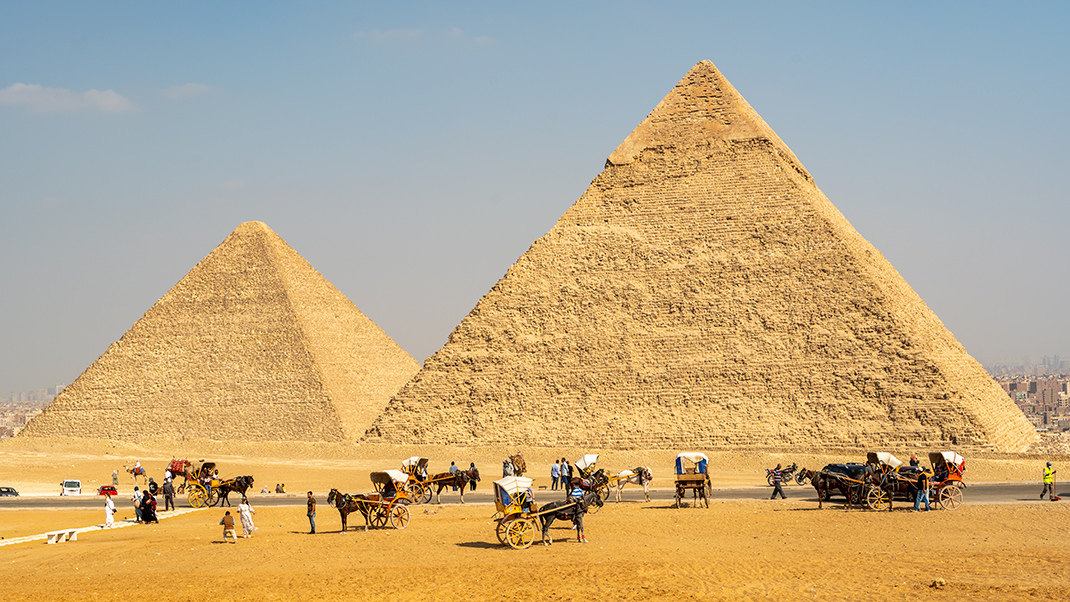
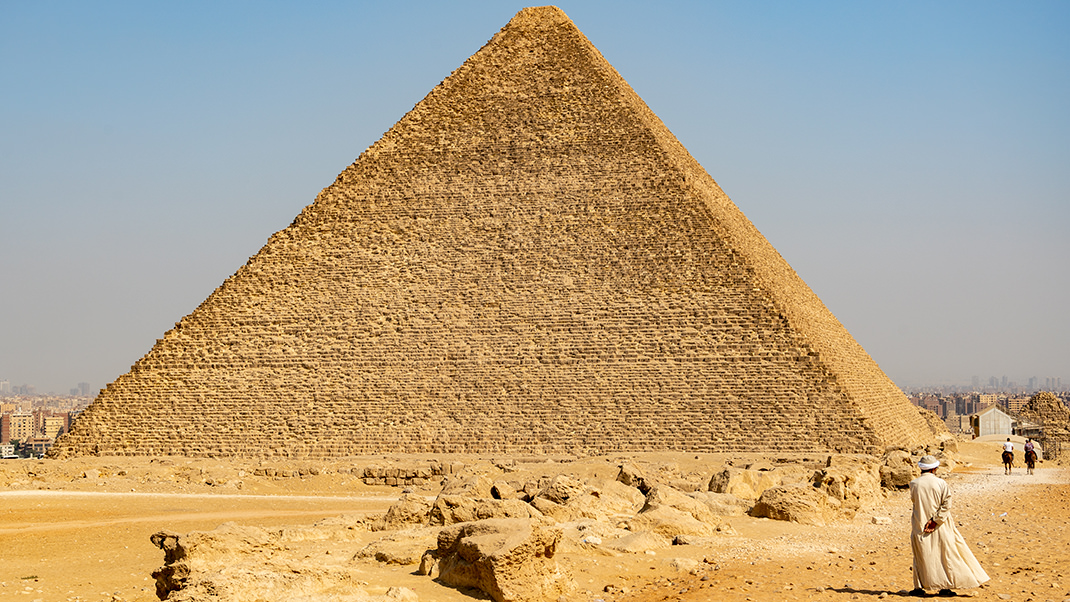
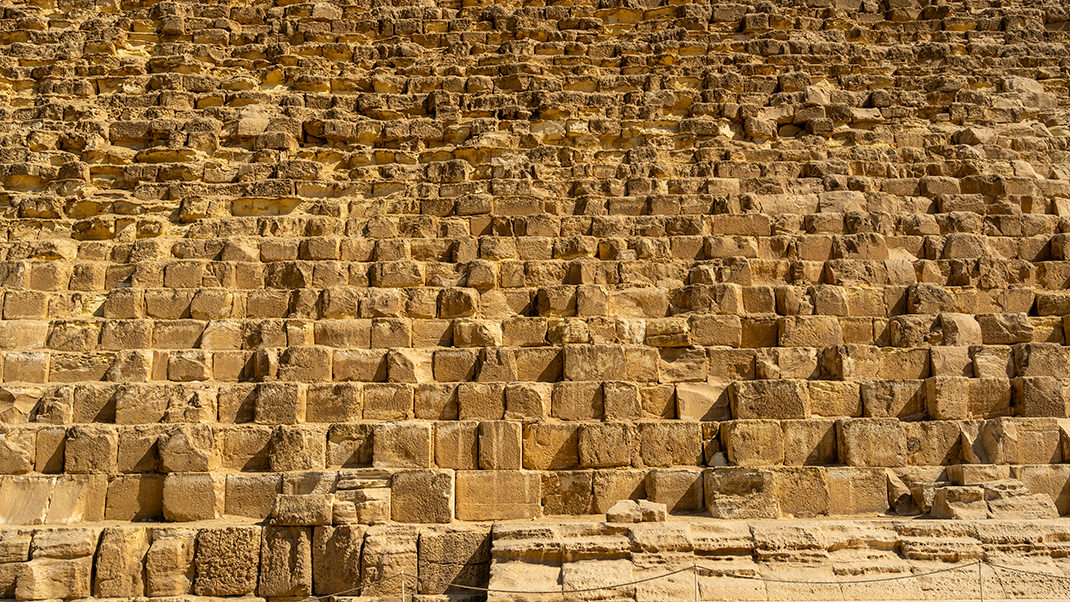
A bit of history
An ancient Arabic saying goes: 'Man fears time, but time fears the Pyramids.' As it seems to me, this describes the greatness of these ancient structures perfectly because the history of building these giants dates back to the 27th century BCE. It's worth noting that pyramidal structures are not unique to Egypt; similar constructions are known in Mexico, Guatemala, and some other countries.

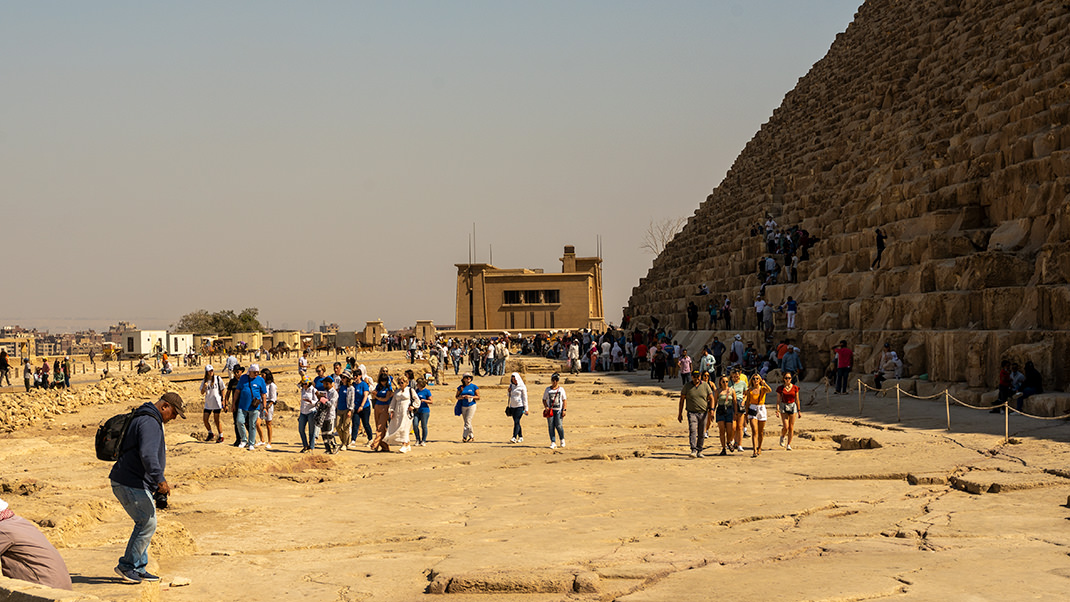
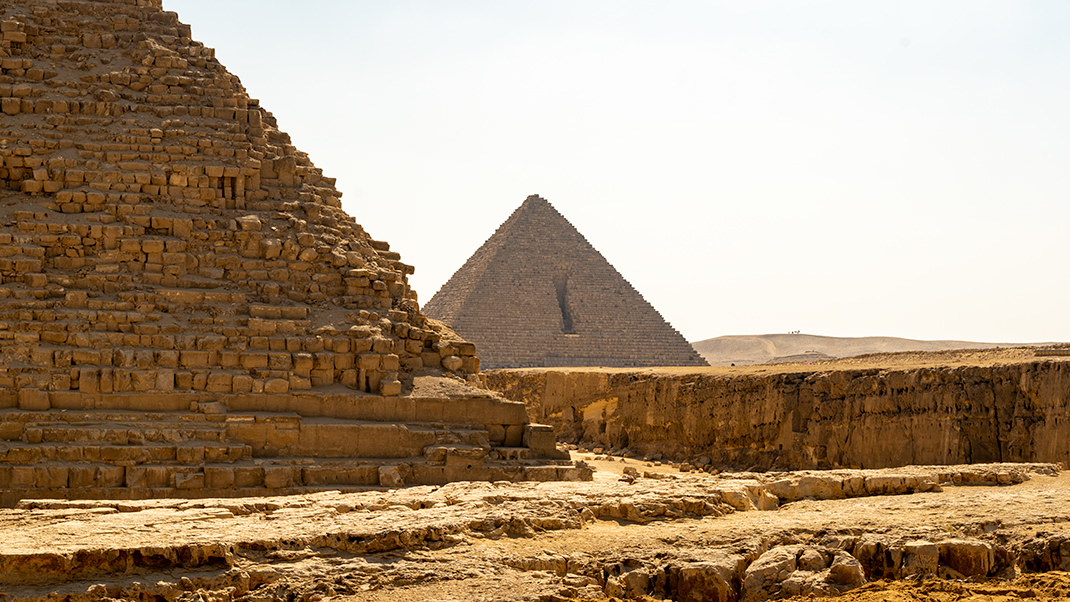
The familiar pyramids of Khufu (Cheops), Khafre (Khafra), and Menkaure in Giza are not the oldest, and by no means the only such structures in Egypt; today, there are more than 100 such objects. The first known among them is the step pyramid of Djoser in Saqqara, just a few dozen kilometers from Cairo. Interestingly, before its construction, the Egyptians did not use stones in construction, only clay bricks and wood.
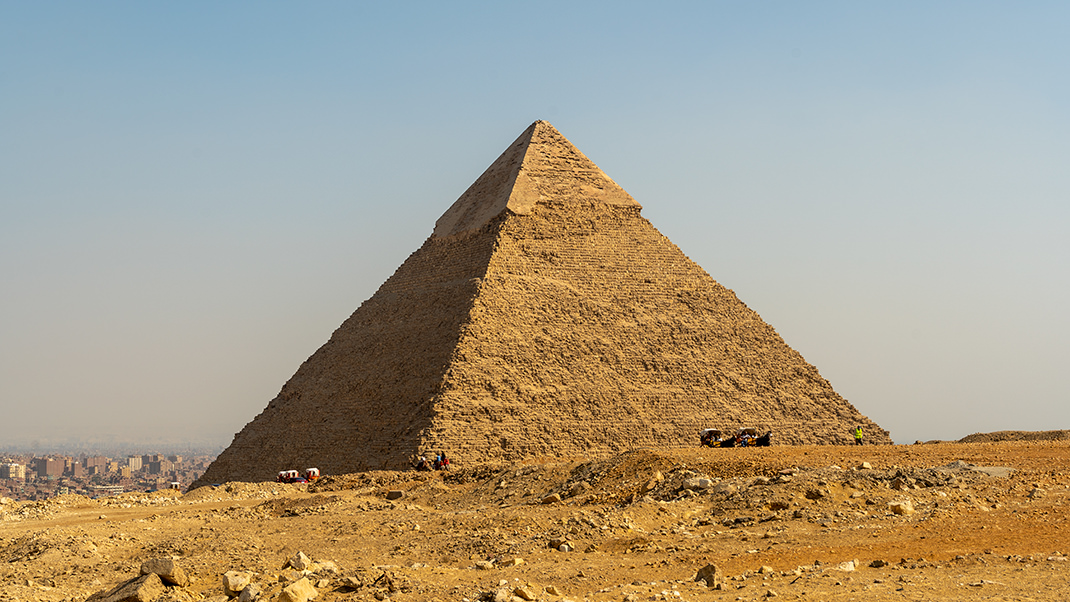
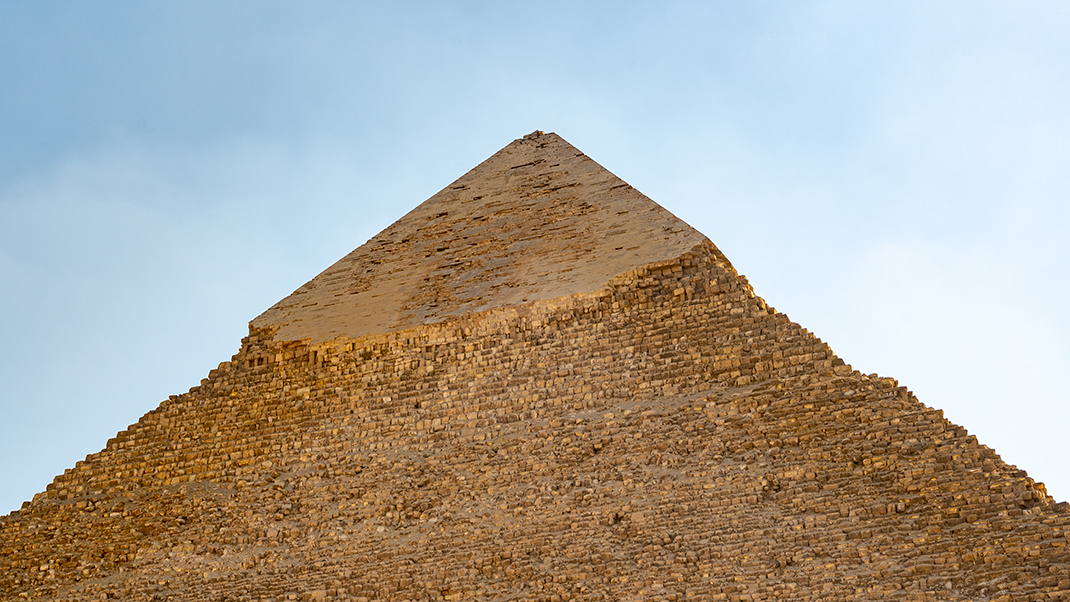
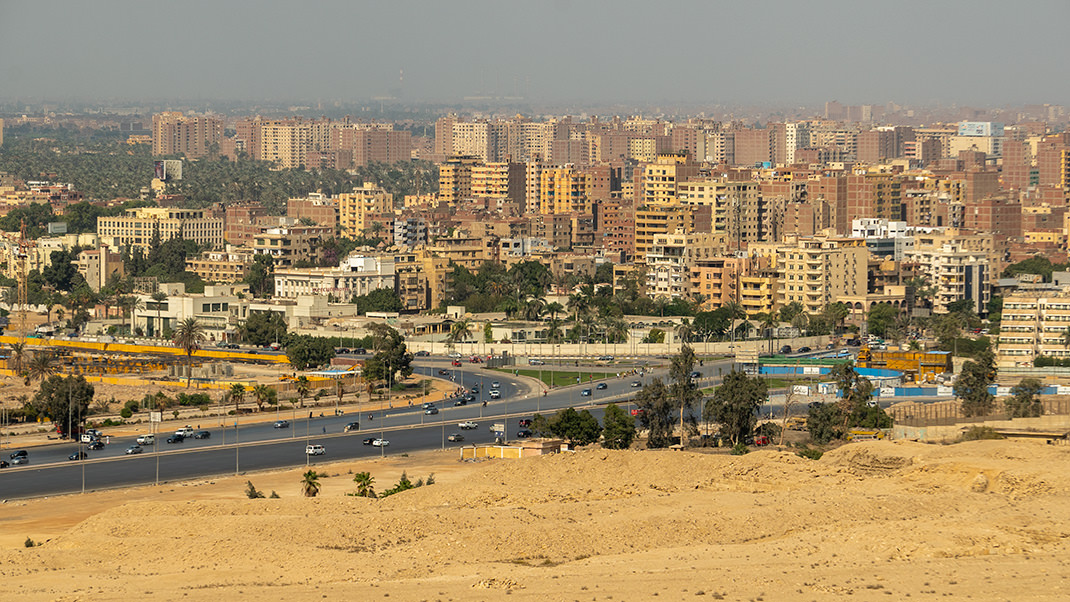
Pyramids served as tombs for ancient Egyptian kings, or pharaohs, as we commonly know them. Egyptians believed in an afterlife, but under one condition: the body of the deceased had to be preserved. This was ensured by the shocking process of mummification, something quite startling for modern people. The tombs were considered a kind of home for the afterlife. They were even named: the 'House of Eternity,' and pharaohs' tombs were called the 'Fortress of Eternity.'
Building such grand structures seems challenging even in our time. Building materials for the pyramids were transported along the Nile from other settlements, and the tools used several thousand years ago are far from today's automated construction helpers. Even the accompanying work required significant effort; a complex for the residence of all participants in the creation of these grand structures was built near the construction site.
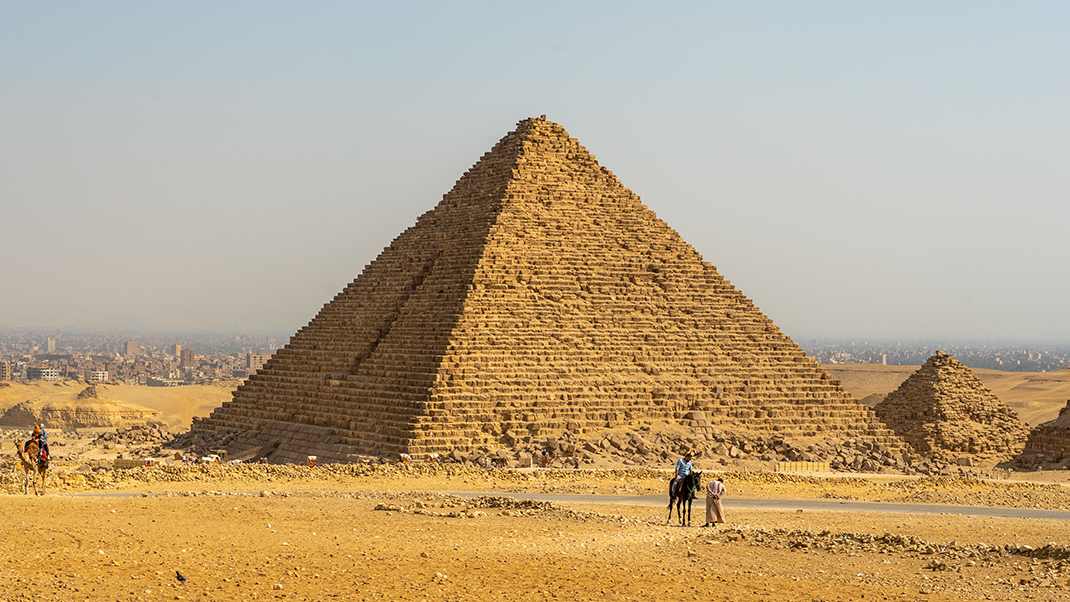
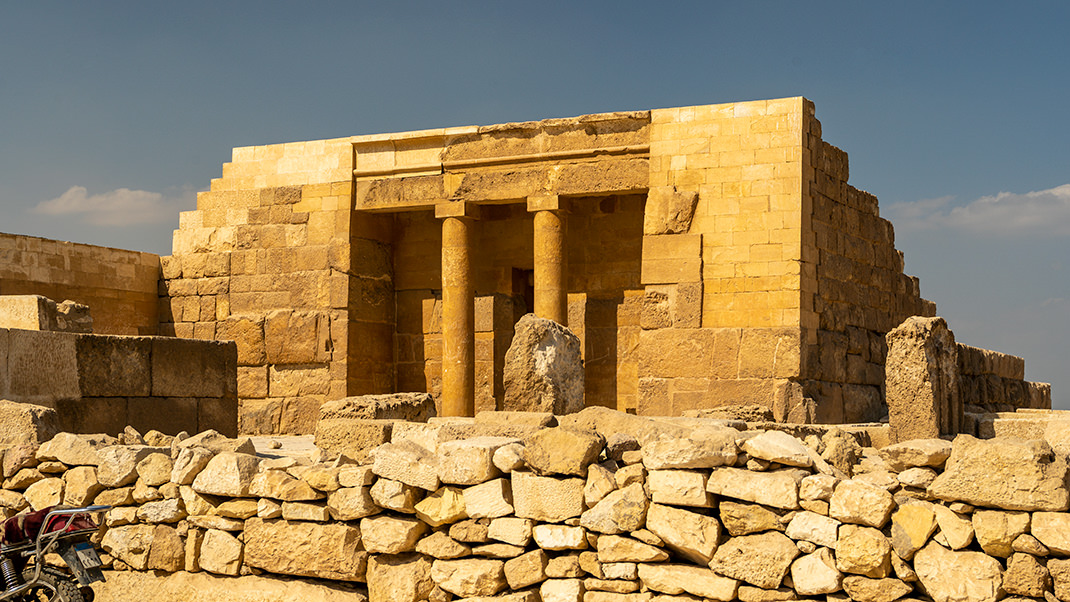
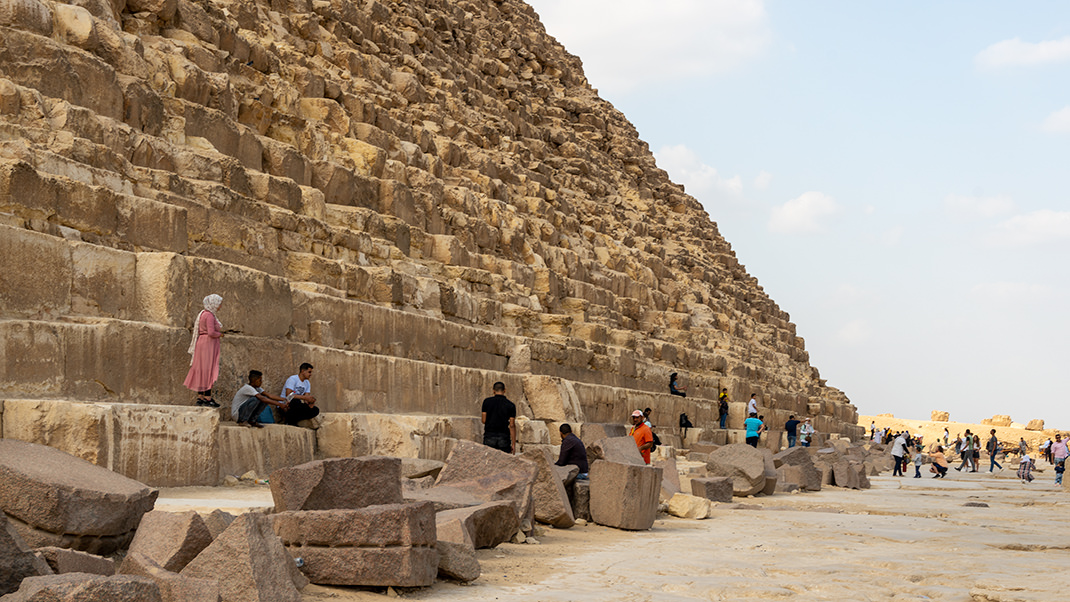
Being such unusual structures, Egyptian pyramids couldn't escape the attention of mysticism and legends enthusiasts. The creation of these colossal buildings was attributed to magical forces or extraterrestrial civilizations. I've come across mentions that bodies placed in the pyramid do not decay, and since childhood, I remember how my history teacher told us about the non-dulling blades from the pyramids. Whether to treat such stories with skepticism or believe in the miraculous properties of the pyramids is a personal matter. I suggest stopping at the fact that the preservation of these majestic objects to our time is already a real wonder.
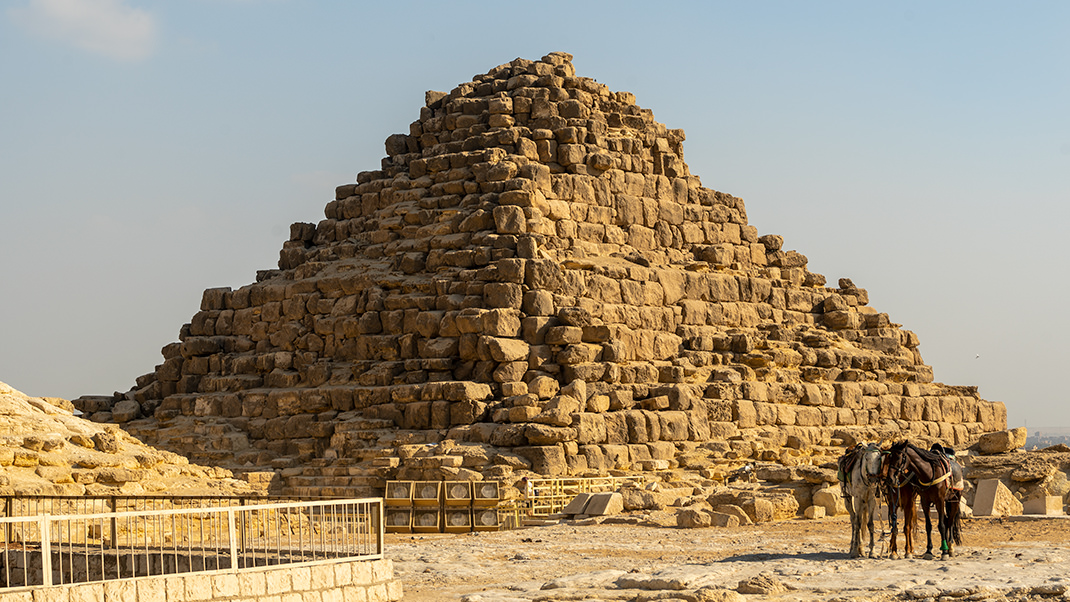
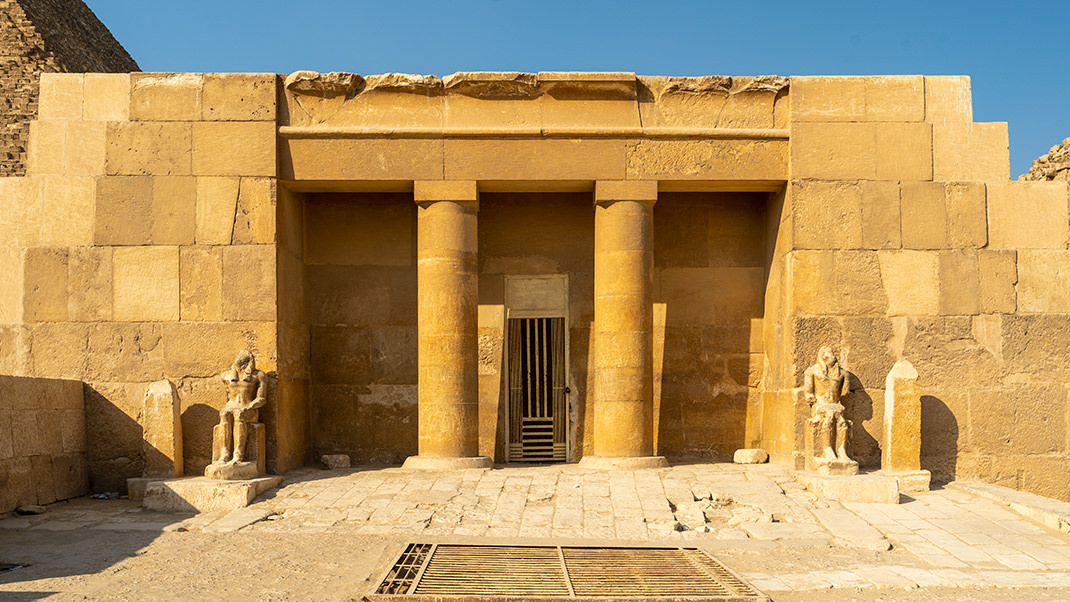
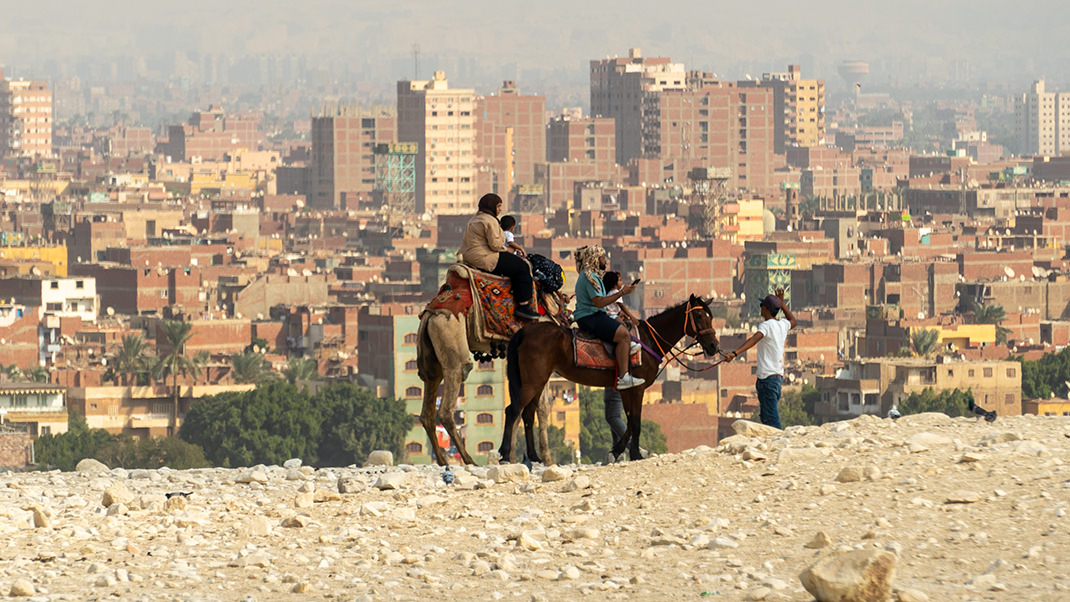
Well, here I conclude this short story. In the next article, we'll stroll through the complex of pyramids in Giza and even peek inside these majestic structures.
Have a nice trip!


